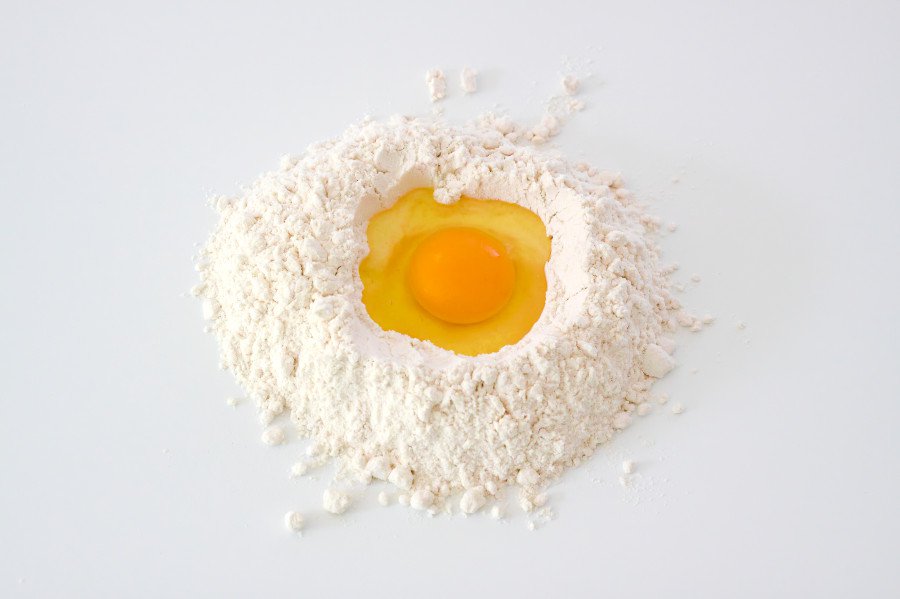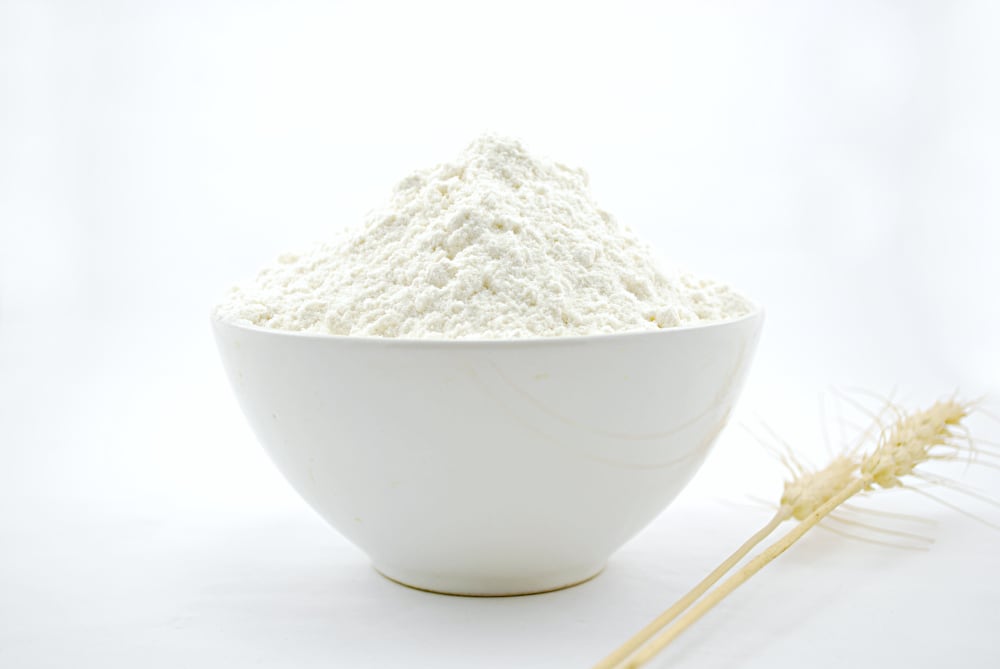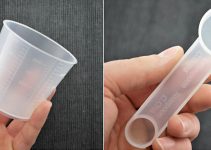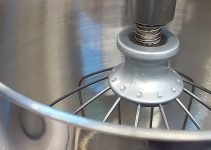When it comes to finding the right pastry flour substitute, there are actually quite a few great choices to pick from: all purpose flour and cake flour are two of the best.
The best substitute for pastry flour is combining half all purpose flour and half cake flour.
1 cup pastry flour = 1/2 cup all purpose + 1/2 cup cake flour
Another replacement is 2/3 cup all purpose plus 1/3 cup cake.
However,
Considering that in order to make flaky pastry or choux pastry or puff pastry, pretty much all the recipes specify all purpose flour as ingredient, I would say that all purpose flour is the perfect substitute for pastry flour.
Contents
Pastry Flour Substitute: My Picks
1. All Purpose: King Arthur Flour, All Purpose Unbleached Flour
This one from King Arthur is a great example of an awesome all purpose but you can use whatever type you have in the house. My only advice is to choose unbleached, regardless of manufacturer.
2. Cake: King Arthur Flour Unbleached & Unenriched Cake Flour
If you don’t want to use just all purpose flour as the sole substitute, you can make that half and half mix between all purpose and cake flour. Just so you know, both options work but you might have better results with the half and half. You can try both for the same recipe and then decide which option works best for you.
3. White Pastry: Bobs Red Mill Flour, White Pastry Unbleached
If you just decide that it’s just easier to get the white pastry flour and be done with it, then I recommend checking out this one from Bobs Red Mill. It’s an awesome choice but it’s not a cheap one.
What Is Pastry Flour?

To better understand what is pastry flour, let’s see what recipes use it for.
It’s great for: tender pastries, cookies, pie crusts, tarts, biscuits, cinnamon rolls, pancakes. It goes hand in hand with recipes that use baking powder/baking soda.
There is one major factor that differentiates the different types of flours made from wheat. The fact that they’re made from wheat is what they have in common.
But what differentiates them is the amount of protein that they have. The protein amount influences the amount of gluten that will develop when it comes in contact with water.
Thus, pastry flour is a soft flour because it’s made from soft wheat.
It means that this is a low-protein flour. It actually contains 8-9% protein. This type of information is obtain by checking out the nutrition facts.
There are actually two types of pastry flour:
- unbleached white pastry flour – unbleached is an important characteristic, you should always look for it
- whole wheat pastry flour
So, the two types of pastry flour follow the classification of bread flour (unbleached white and whole wheat).
The protein content is what truly differentiates it from hard flour, also known as bread flour. These two are pretty opposite and that’s why they also have completely different uses.
Hard flour is definitely not a substitute for pastry flour.
Best Pastry Flour Substitutes

In terms of protein content, it actually stands between two of the best substitutes for pastry flour: cake flour and all-purpose flour.
But these three types work so well as substitutes for each other because their protein content is really close.
They kind of intersect with all purpose taking the first place when it comes to the amount of protein it contains.
Pastry vs All Purpose Flour
You can definitely substitute pastry flour with all purpose. If you don’t have anything else, it definitely works and it won’t ruin the recipe.
Plus, all-purpose flour is cheaper.
All purpose just has a higher protein content. The protein content for all purpose is 10-12%.
That fluffiness that we want for our desserts might not be as perfect as you want it to be.
A slight toughness in the desserts/pastries made with all purpose instead is to be expected because all purpose is not a soft flour. After all, it can be used to replace bread flour, as well.
On recipetips.com I found this trick: use 2 tablespoons of cornstarch for every 7/8 cup of all purpose. Sift them together or mix them really well before adding the rest of the ingredients.
Instead of cornstarch you can also use arrowroot powder, the same quantity.
In other words, 1 cup all purpose minus 2 tablespoons because those 2 remaining tablespoons are the cornstarch that you should add. Maybe it’s easier to understand this way.
It’s not an easy calculation to make, especially since most of us prefer to weigh solid ingredients with a kitchen scale and not go by cups.
Or you can just go for a 1:1 substitution if you don’t have cornstarch. The taste will be delicious, the texture will differ slightly, not being as fluffy. That’s all.
Pastry vs Cake Flour
When it comes to cake flour, the wheat is milled until it has a fine consistency. It’s the most delicate of them all.
It also has a slightly lower protein content, 7-9%.
These two facts make it ideal for baking delicate goods, for making baked goods that have an extremely light texture – cakes, pastries, biscuits. Thus, the name.
According to craftsy. com, you can use cake flour as a substitute for pastry flour by adding 2 extra tablespoons to the recipe.
Substitution for Whole Wheat
It’s pretty much the same as the perfect substitute for pastry flour that I’ve mentioned at the beginning of this article with 1 slight variation.
1 cup whole wheat pastry flour – 1/2 cup all-purpose + 1/2 whole wheat flour.
And that’s pretty much all you need to know about finding the best pastry flour substitute.




